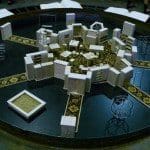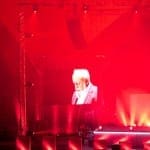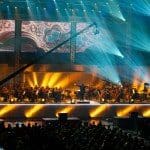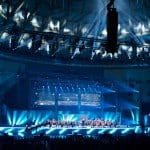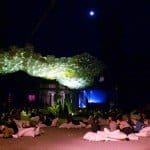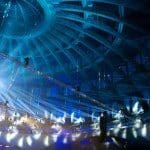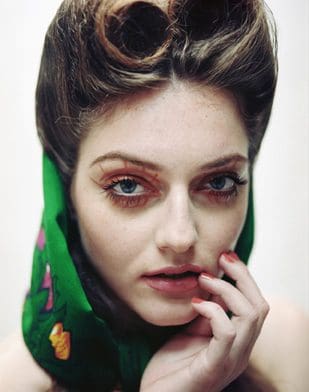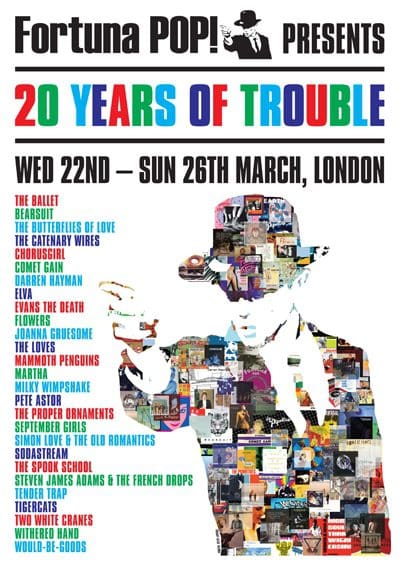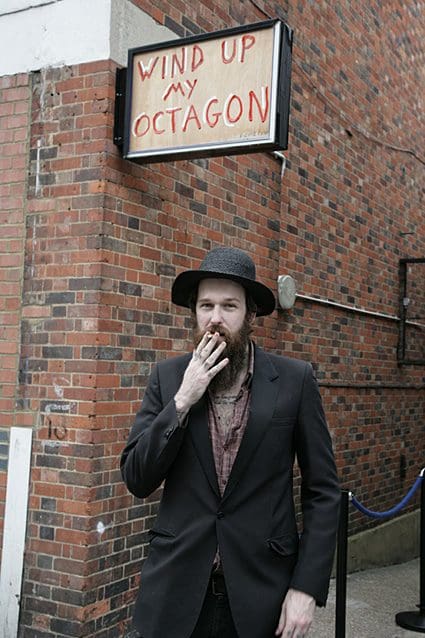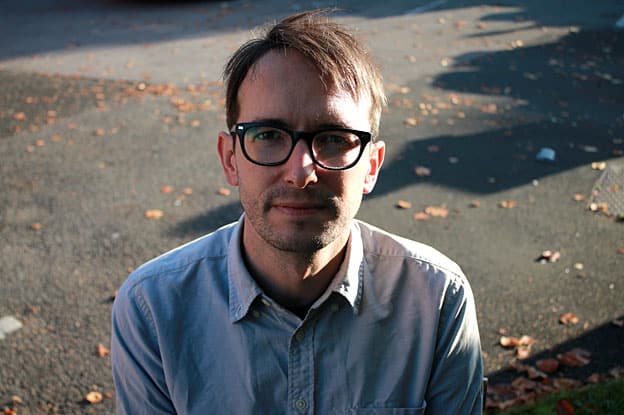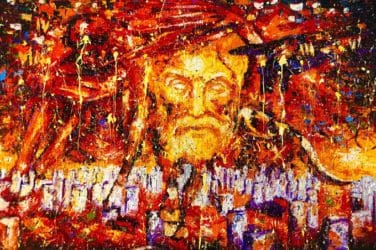European Cultural Congress, Wroclaw, Poland
As EU finance ministers exchanged pleasantries at the weekend over the fate of the Euro, national economies and the plight of Greece, the thought of their compatriots coming together only a week before to celebrate the continent’s cultural wealth may stir thoughts of Nero strumming his lyre while Rome burned. Recession, though, is apparently an un-cultured term, or else one reserved for the depressive side of the artistic coin. Rising above the gloom then, the first ever European Cultural Congress (8-11 September), the centerpiece of Poland’s current EU presidency, brought together a diverse swathe of musicians, visual artists, politicians, academics and NGOs in an attempt to probe the still breathing chambers of Europe’s soul.
Staged at venues across the inviting city of Wroclaw, with a base in and around architect Max Berg’s iconic Centennial Hall, an inwardly spectacular concrete domed marvel built in 1913, Congress performances leaned towards the experimental and the avante-garde, while a professional debate programme unpicked what culture means to Europe today. As with any multi-facetted, high-minded meeting, hubris, vacuity and pretense all reared their heads here, while a grasp of the over-arching connections often escaped individual participants, but overall, Poland ought to be congratulated for hosting such a convention.
If any one element validated the point of the Congress, then Polish composer Krzysztof Penderecki’s collaborations with Radiohead’s Jonny Greenwood and electronic maestro Aphex Twin certainly did. Penderecki, who was born in 1933 and is considered one of the 20th Century’s greatest classical innovators, took to the stage on both Friday and Saturday night to conduct a searing string orchestra performing some of his seminal works. On the first evening, Penderecki’s pieces, including the renowned Threnody to the Victims of Hiroshima, were interspersed by direct responses composed by Greenwood and performed by a second conductor. The Saturday night concert saw the same pieces from Penderecki, this time countered by Aphex Twin’s live remixes and ambient techno, with the Cornish maverick perched high above the orchestra in an alter like DJ box.
Penderecki’s music carries an artistic weight that seems to transcend the minute banalities of actual events. Largely it is a dark, piercing oeuvre that strikes deep into the psyche, and it’s hardly a surprise the Polish master’s music was used in horror classics such as The Exorcist and The Shining. In contrast, Greenwood’s Wroclaw offerings brought a kind of reserved melodrama, with challenging sections echoing Penderecki checked by more traditional classical play. The real hairs-on-end, edge-of-seat moments of Greenwood’s compositions, though, came in two astounding reprises – the first accelerating under the apparent sound of a clock clicking in an echo chamber as a million ants scurried about the floor; the second ending with cellists and violinists replacing their bows with curved rain sticks and bringing the house down in a wave of shaking electricity.
In recent years, the interaction between classical and popular or contemporary music is something that has failed to develop as successfully as some might have envisaged. Beyond simplistic orchestral interludes adding gravitas to the occasional pop song, collaborations with real depth or impact have been too isolated. The innovative Aphex Twin (aka Richard D. James) is someone who has been open to such cross-disciplinary experiments, earning him revered status among his electronic peers. A clear choice to interact with Penderecki, James’ involvement in Wroclaw lacked the polished symmetry of Greenwood’s contribution, offering instead what might be seen as a taste test for future development – his thunderous remix of Penderecki’s Threnody… certainly wowed the largely local audience (with avant-garde electronica a now favored Polish delicacy). Standing out in James’ set, though, was a mercurial stage piece where the DJ/conductor directed the orchestra and groups of singers via a complex system of digital symbols displayed beside their sheet music. With the symbols simultaneously projected on screens for the benefit of the audience, the theatrical display produced a subtle, chant like sound that rose and fell to the whim of the digital puppet master.
Beyond these central concerts, the Congress’ musical offerings included Brian Eno’s sound and light installation, Future Perfect, projected onto a fountain in front of the Centennial Hall, as well as concerts from eclectic acts such as Anika, and Wildbirds & Peacedrums. With the conceptual exhibition programme, 10×10, and a large new installation by Miroslav Balka, housed in the evocative Four Domes Pavilion, a dilapidated film studio, adjacent to the Centennial Hall, the Congress amounted to an at times bewildering but repeatedly engaging space to explore. The intangible benefits and nuances of culture probably mean that it is an abstraction for a convention such as this to make any lasting inroads into its nature, but at a time of so-called ‘uncertainty’ it is reassuring that people can still find the will to experiment.
words Richard Unwin


